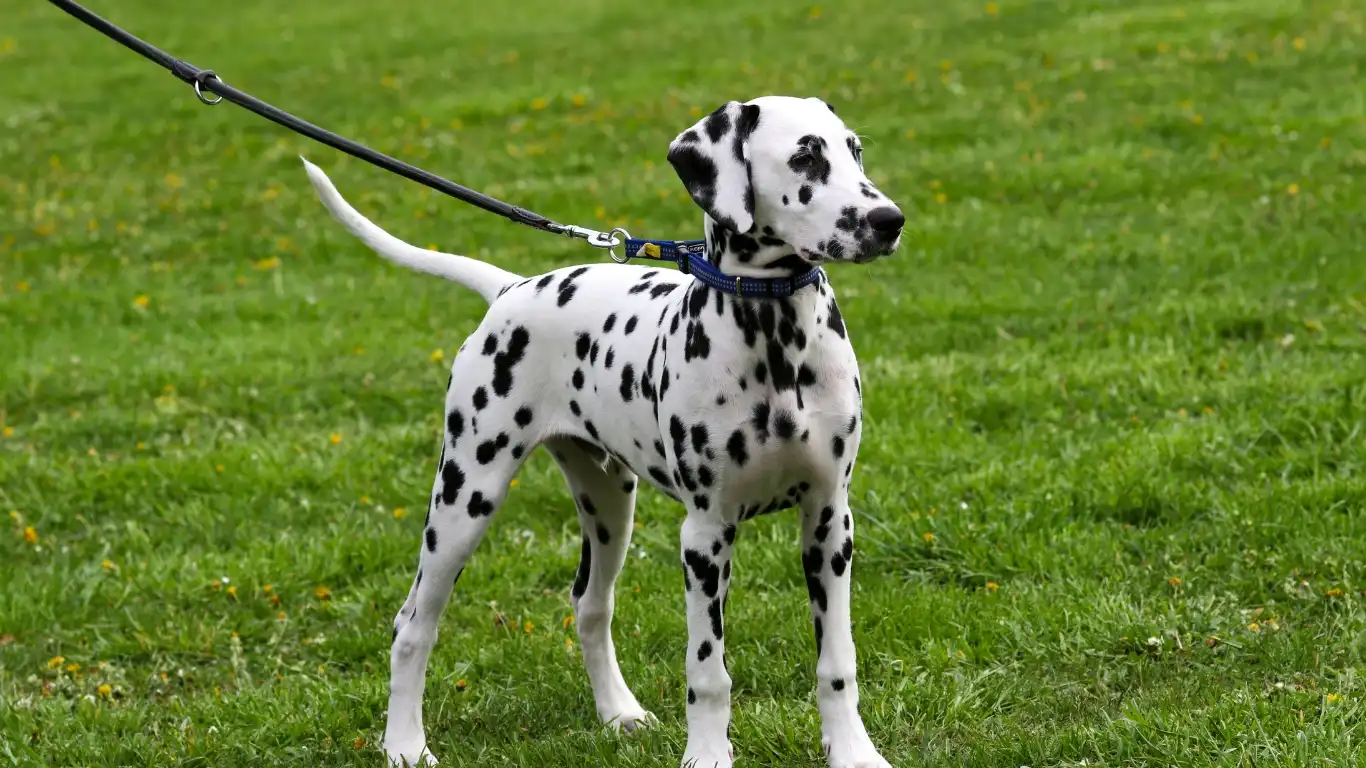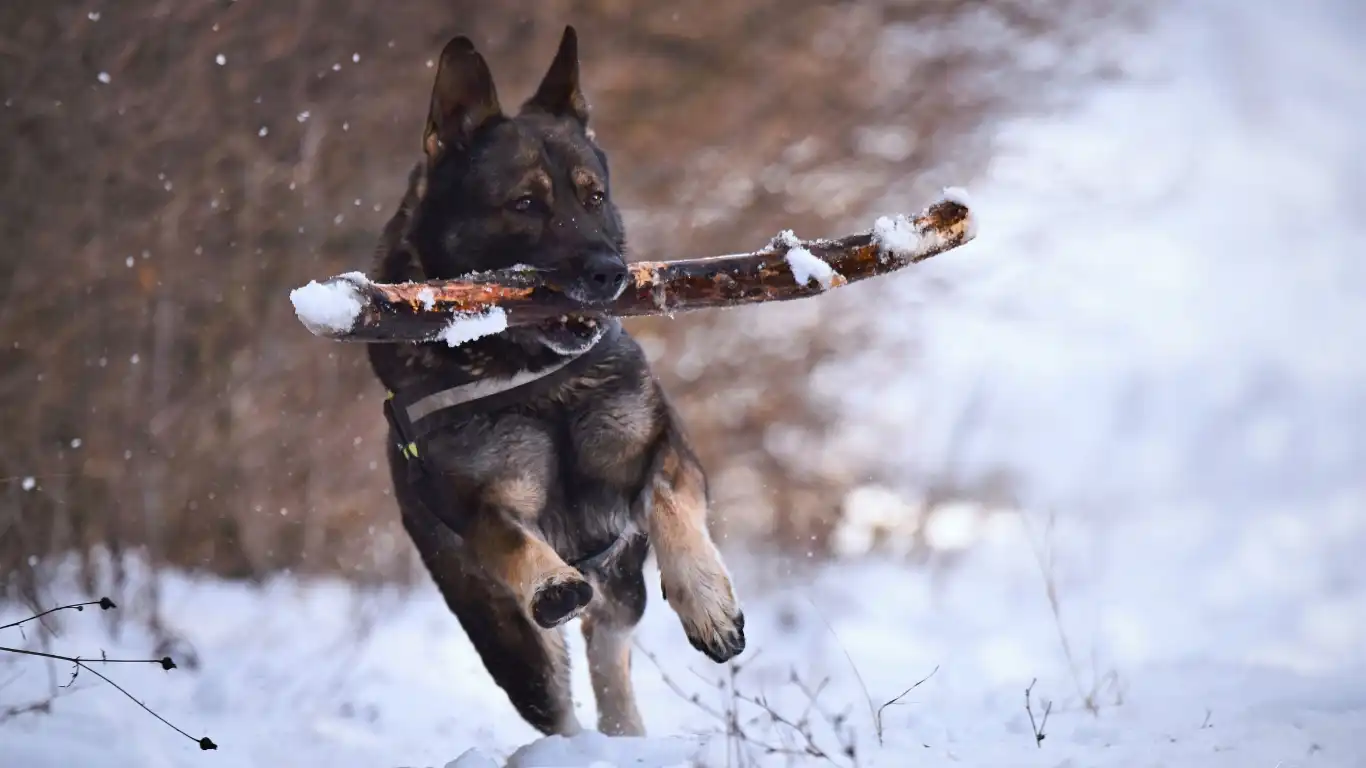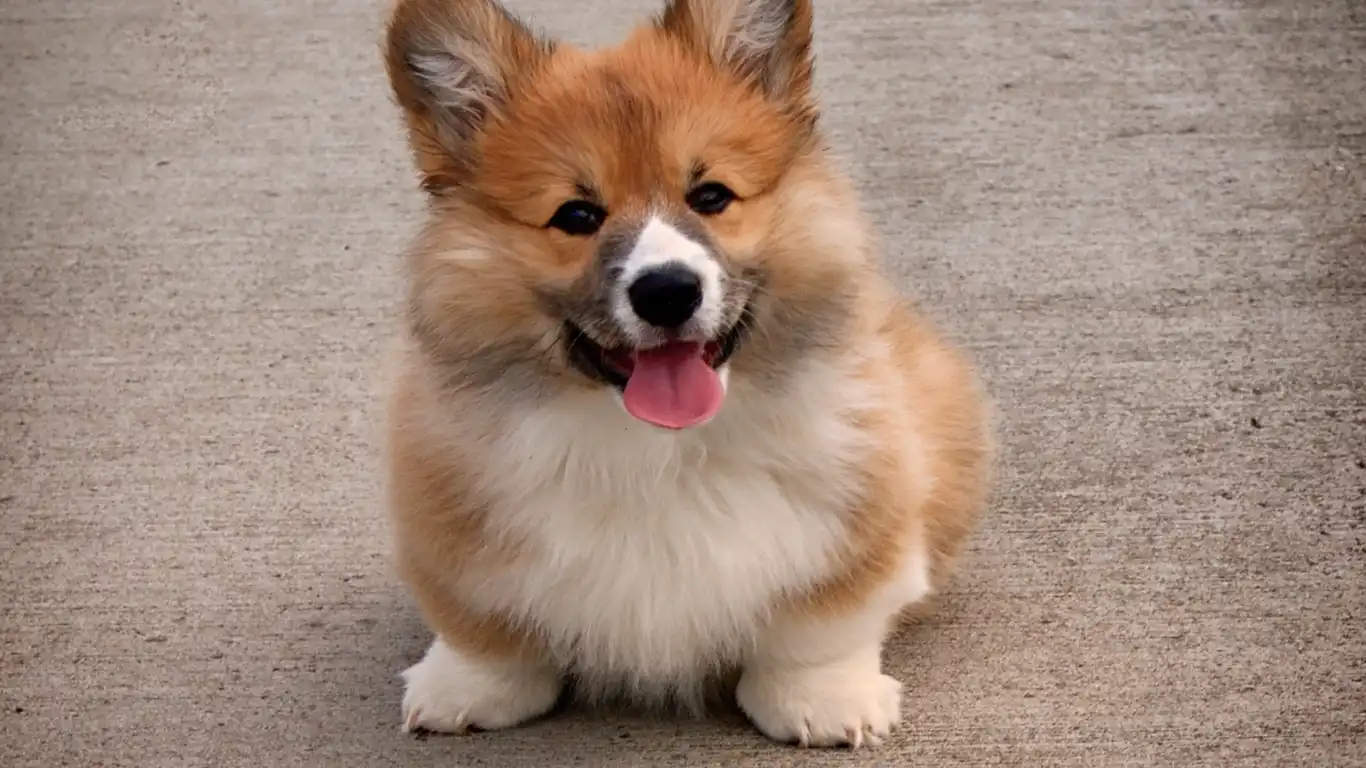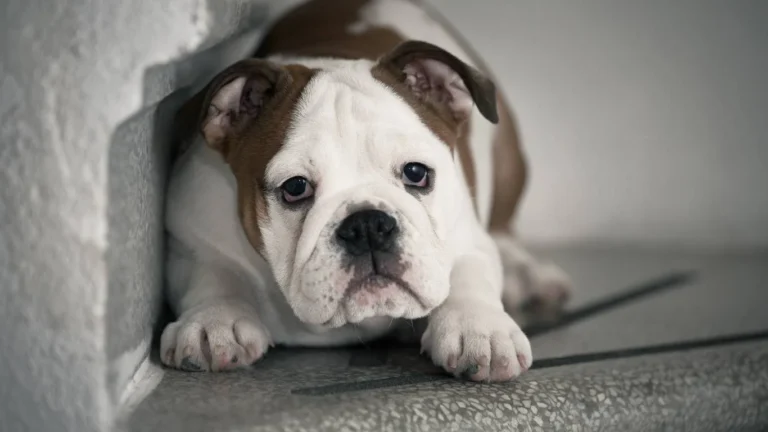How to Recognize Early Signs of Hip Dysplasia in Dogs – Key Tips
If you’re a pet parent like me, you probably know that dogs aren’t always the best at telling us when something’s wrong. That’s why understanding how to recognize early signs of hip dysplasia in dogs is so important. As a Veterinary Technician specializing in nutrition, I’ve seen way too many pups suffer longer than they should because early red flags were overlooked. Some symptoms can be subtle — a tiny limp here, a strange hesitation there — and it’s easy to chalk it up to a rough play session or getting older. But trust me, catching hip dysplasia early can make all the difference in your dog’s comfort and quality of life.
What Exactly Is Hip Dysplasia in Dogs?

Hip dysplasia is a skeletal condition where the hip joint doesn’t develop properly, leading to looseness or instability. Over time, this abnormal formation causes the bones to rub and grind instead of moving smoothly. The result? Joint damage, pain, and often early-onset arthritis.
In the clinic, I’ve seen it show up in all kinds of breeds — not just the usual suspects like German Shepherds and Golden Retrievers. Even smaller dogs like Frenchies or Cocker Spaniels can suffer from it. Genetics play a huge role, but so do diet, weight, and even how quickly your dog grows during puppyhood.
Why Early Detection Matters
Spotting the signs early gives you a chance to slow down the progression with lifestyle changes, supplements, or even surgical intervention if needed. It also means your dog doesn’t have to live in discomfort or lose out on their favorite activities.
Subtle Signs Your Dog Might Be Developing Hip Dysplasia

This is where things get tricky. The early signs can be super sneaky. You might not notice anything dramatic at first — just little quirks in how your dog moves or behaves. Here are some of the things I look for in my own dog and when clients bring their pups into the clinic:
1. Bunny Hopping
If your dog runs with both back legs moving together (like a bunny), it could be a compensation tactic. This is especially common in younger dogs who are still active but experiencing discomfort in their hips.
2. Stiffness After Rest
Ever notice your dog hesitating to get up after lying down? Or maybe they take a few extra steps to “warm up”? That stiffness, especially in the morning or after naps, might be an early indicator.
3. Reluctance to Jump or Climb
My Labrador, Duke, used to leap into the car without a second thought. When he started hesitating or needing a boost, I knew something was up. Dogs with hip issues often avoid jumping, running upstairs, or climbing onto furniture.
4. Subtle Limp or Uneven Gait
This one’s a biggie. Pay close attention to how your dog walks. Is one leg doing more work? Are their hips swaying more than usual? Sometimes it’s not a full-on limp but just a change in rhythm. Trust your gut here.
5. Muscle Loss in the Back Legs
This is something I physically check during wellness exams. If your dog is favoring their front legs or avoiding using their back end, those muscles can atrophy over time. Feel the difference in muscle mass between front and back legs if you’re unsure.
Breed-Specific Risks: Know If Your Dog’s on the List

Some breeds are definitely more prone to hip dysplasia than others. While it’s not a guarantee, knowing your dog’s breed risks can help you stay ahead of the game.
- German Shepherds
- Golden Retrievers
- Labrador Retrievers
- Rottweilers
- Saint Bernards
- Great Danes
- Boxers
But don’t think you’re off the hook if your pup’s a mixed breed or smaller size. I’ve seen cases in Shih Tzus, Boston Terriers, and even Chihuahuas. It’s less about the breed and more about being observant and proactive.
Weight & Nutrition Play a Bigger Role Than You Think
This is my bread and butter. Keeping your dog at a healthy weight can absolutely help reduce the pressure on their joints. I always recommend joint-supporting diets — think omega-3s, glucosamine, and chondroitin — especially for high-risk breeds or dogs that are starting to show signs.
- Stick to a weight-appropriate feeding schedule.
- Include joint-friendly nutrients (I’m a huge fan of green-lipped mussel supplements).
- Cut back on empty-calorie treats — carrots and green beans are great low-cal alternatives.
I’ve had more than one client swear their dog was “just getting older” when actually they were carrying an extra 10 pounds and suffering silently. After a few months on a weight-loss plan and anti-inflammatory supplements, the difference was night and day.
Next Steps If You Suspect Something’s Up
If any of this feels a little too familiar, it might be time to schedule a vet visit. They can do a physical exam and possibly X-rays to get a clearer picture. And if you’re not quite ready to go in yet, start tracking symptoms. Record videos, jot down notes — all of that helps when you do see your vet.
Diagnosing Hip Dysplasia: What to Expect at the Vet

So, let’s say you’ve started noticing some of those little red flags we talked about earlier. Maybe your pup’s been limping a bit, hesitating to jump on the couch, or just seems “off.” You’ve made the call to your vet — great first step. But now what?
In my experience as a Vet Tech, the diagnostic process can vary a little depending on your dog’s symptoms, age, and breed. But here’s a quick breakdown of what usually happens when a vet suspects hip dysplasia:
Physical Examination
Your vet will check your dog’s range of motion, feeling for any looseness in the hip joint (what we call “laxity”) and watching how your dog walks or stands. They may perform something called the Ortolani test — it checks for joint instability, and while not exactly comfy, it gives the vet a good starting point.
X-Rays (Radiographs)
This is the real game-changer. X-rays are the gold standard for diagnosing hip dysplasia. The vet will likely sedate your dog slightly to get clear images of the hip joint from different angles. And let me just say, don’t panic if your dog needs sedation — it’s for their comfort, and it helps us get the best view possible.
Additional Imaging
In more complex cases, vets may recommend a CT scan or MRI, especially if they’re planning a surgical approach. But for most cases, x-rays tell us everything we need to know.
How to Recognize Early Signs of Hip Dysplasia in Dogs — and What You Can Do

Now that you’ve got a diagnosis — or a pretty strong suspicion — let’s talk next steps. Don’t worry, it’s not all doom and gloom. There’s actually a lot you can do to improve your dog’s quality of life and slow down the progression.
Start with Movement Modifications
One of the first things I recommend to clients is adjusting their dog’s activity routine. That doesn’t mean turning your pup into a couch potato — far from it! Movement is still important, just in a controlled and joint-friendly way.
- Shorter, more frequent walks: Avoid long hikes or chasing tennis balls at the dog park for now. Gentle strolls throughout the day are easier on the hips.
- Swimming: If your dog loves the water, swimming is amazing for joint support without the impact. It’s my go-to recommendation for larger breeds with early hip issues.
- Use ramps: Ramps for getting in the car, on the couch, or up stairs can reduce the daily wear-and-tear that worsens dysplasia.
Home Comforts Make a Huge Difference
One of the things people often overlook is how much the home environment affects a dog with hip dysplasia. Slippery floors? Big no-no. Jumping on high furniture? Not great either. Here’s what I suggest to pet parents in these situations:
- Orthopedic beds: These provide better support and reduce pressure on sore joints. I’m partial to memory foam beds — my senior patients LOVE them.
- Non-slip rugs: If you’ve got tile or hardwood, adding rugs can help prevent slips and falls, which are especially painful with bad hips.
- Avoid excessive stairs: If possible, keep your pup on one level of the house or carry them up and down if they’re small enough.
Targeted Nutrition and Supplements
This is where my specialty comes in. I can’t stress enough how nutrition plays a role in joint health. From keeping your dog at a healthy weight to choosing foods rich in joint-supportive ingredients, diet is a powerful tool.
Here’s what I often recommend (always check with your vet first, of course):
- Glucosamine and chondroitin: These help maintain healthy cartilage and may reduce inflammation over time.
- Omega-3 fatty acids: Found in fish oil, these reduce joint inflammation and support overall mobility.
- Green-lipped mussel: Sounds fancy, but this powerhouse supplement is packed with joint-protective nutrients. It’s become a staple in my clinic recommendations.
- Weight management formulas: Keeping extra pounds off reduces stress on the hips. Don’t underestimate the power of proper portion control!
Long-Term Management Options to Consider

Managing hip dysplasia isn’t just about dealing with flare-ups — it’s about setting your dog up for the best long-term outcome possible. Depending on the severity of your dog’s condition, you’ve got a few different routes you can explore:
Physical Therapy
Yes, dogs can go to PT too! There are certified canine rehab therapists who specialize in strengthening muscles around the hip joint. I’ve seen dogs who could barely stand gain confidence and strength over a few months of targeted exercises and laser therapy.
Medications
For dogs dealing with chronic pain, your vet might prescribe anti-inflammatories or pain relief meds. These can be used long-term or as-needed, depending on how your dog responds. There’s also a newer class of injectable joint-support meds like Adequan — super effective in some cases.
Surgery
In severe or advanced cases, surgery might be the best option. There are several procedures available, depending on your dog’s age and condition:
- Juvenile Pubic Symphysiodesis (JPS): A preventative surgery done in puppies under 20 weeks old.
- Double or triple pelvic osteotomy (DPO/TPO): Reshapes the pelvis for better joint alignment. Works best in younger dogs.
- Total Hip Replacement (THR): Just like humans! This option can give dogs a completely pain-free joint and restore full mobility.
One of my clients, a five-year-old Rottie named Bella, had a total hip replacement after conservative treatments stopped helping. I saw her a few months post-op and wow — she was running again like a puppy. Not every dog needs surgery, but it’s worth discussing with your vet if your dog’s quality of life is suffering.
Working with a Team
Managing hip dysplasia isn’t a one-person job. It’s about creating a team — your vet, a rehab therapist, maybe a veterinary nutritionist (hi! ♀️), and of course, you. Being proactive and educated is the most important thing you can do for your dog. Trust me, they’ll thank you with tail wags and sloppy kisses.
Preventing Hip Dysplasia in Dogs: Tips for Future Health

Now that we’ve covered how to recognize the signs, manage the condition, and seek appropriate treatments, let’s shift gears a bit. You might be wondering, “Can I prevent hip dysplasia in the first place?” While it’s true that genetics play a huge role, there are definitely steps you can take to give your dog the best chance at healthy hips.
1. Choose the Right Breeder
If you’re in the market for a new pup, selecting a responsible breeder is one of the first lines of defense against hip dysplasia. A reputable breeder will perform health screenings on the parents to ensure they are free of the condition before breeding. They should be able to provide you with the results of hip evaluations like the Orthopedic Foundation for Animals (OFA) certification, which shows that the dog’s hips have been evaluated and scored. Some breeds, such as the German Shepherd, have a higher predisposition for hip dysplasia, so this is a step worth considering when choosing a puppy.
2. Maintain a Healthy Weight
One of the easiest ways to prevent the worsening of hip dysplasia is to avoid contributing to it in the first place. Keeping your dog at a healthy weight is vital for joint health, especially if you have a larger breed. Dogs that are overweight put extra strain on their hips, accelerating the degeneration of the joint.
I know firsthand how tough it can be to resist giving your dog those extra treats, but trust me — their hips will thank you! I always recommend sticking to a vet-approved feeding schedule and choosing high-quality, weight-appropriate food. Your vet can also help you determine your dog’s ideal weight based on their breed and activity level.
3. Encourage Low-Impact Exercises
Exercise is important for your dog’s overall health, but it’s crucial to be mindful of the type of activity your dog engages in. High-impact exercises like running and jumping can cause stress on the joints. Instead, opt for low-impact options like swimming, controlled walks, or gentle games of fetch on soft ground.
I’ve had a few clients with young, energetic dogs that thought they were doing the right thing by taking them on long runs. But that’s actually something I advise against for puppies or dogs with developing bones. Low-impact, controlled exercises are much gentler on growing joints, so remember to monitor how much your dog is exerting themselves.
Advanced Treatments: What to Do When Your Dog’s Condition Worsens
Sometimes, despite our best efforts, hip dysplasia progresses despite all the preventative measures we take. If you’re at that point — where your dog’s discomfort is becoming more noticeable and they’re having trouble getting around — don’t lose hope. There are still options to improve their mobility and reduce pain.
1. Joint Injections
For dogs with more severe hip dysplasia, your vet might recommend joint injections such as hyaluronic acid or corticosteroids. These injections can reduce inflammation and provide pain relief. In my clinic, I’ve seen dogs respond really well to these types of injections, especially when combined with other therapies like weight management or joint supplements.
2. Total Hip Replacement Surgery
In extreme cases, where all other options have been exhausted, a total hip replacement (THR) may be considered. This is often recommended for young, active dogs with severe pain and joint deterioration. The procedure involves removing the damaged hip joint and replacing it with an artificial one. I’ve seen incredible results with THR, with dogs regaining almost full mobility. It’s a major decision, but it can be a game-changer for a dog suffering from severe dysplasia.
If you’re unsure whether this is the right choice, discussing it with an orthopedic surgeon can give you the clarity you need. A THR can restore a dog’s active lifestyle, and if your dog is young and healthy otherwise, it could be the perfect solution.
3. Pain Management and Anti-Inflammatory Medications
While joint injections and surgeries are long-term solutions, managing your dog’s pain on a daily basis is key. Non-steroidal anti-inflammatory drugs (NSAIDs) are commonly prescribed to help reduce inflammation and manage pain. It’s important to only use medications prescribed by your vet, as some human painkillers can be dangerous for dogs.
In addition to NSAIDs, your vet might recommend supplements like CBD oil or turmeric, both of which have natural anti-inflammatory properties. As a Vet Tech, I’ve had positive feedback from owners who have used these supplements to complement their dog’s treatment plan. However, make sure to talk to your vet before adding any new products to your dog’s regimen.
When to Seek a Second Opinion
Sometimes, despite our best efforts, hip dysplasia can progress quickly, and you might feel like you’ve hit a wall. If your vet’s recommendations aren’t providing relief, or you feel unsure about a specific treatment plan, don’t hesitate to seek a second opinion. It’s your responsibility as a pet parent to explore all available options for your dog’s health.
Ask your vet for a referral to an orthopedic specialist if you feel that’s necessary. Some clinics even offer specialized consultations on joint issues, including advanced imaging and surgical options that might not be available at your regular vet’s office. It’s always okay to get another perspective, and your dog will benefit from it!
Resources for Dog Owners Dealing with Hip Dysplasia
If you’re navigating the challenges of hip dysplasia, there are plenty of resources to help guide you through it. From understanding your treatment options to connecting with a community of pet owners facing similar issues, these resources can offer valuable insight:
- PetMD – Offers expert advice on managing health conditions like hip dysplasia in dogs.
- American Kennel Club (AKC) – Provides information on breeds at risk and how to prevent joint issues in dogs.
- National Institutes of Health (NIH) – Great for learning about joint health and preventative measures for pets.
Disclaimer
The information provided in this article is for educational purposes only. Always consult your veterinarian for diagnosis and treatment options suitable for your dog. The content reflects my personal experience as a Veterinary Technician specializing in nutrition, but every dog is different, and your vet can offer personalized advice for your pet’s health.






